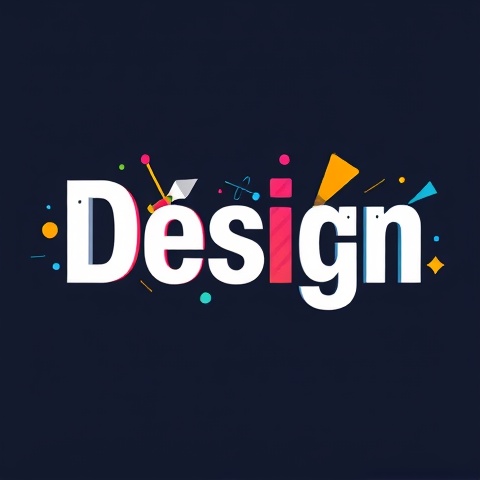Your Brand’s Love Language: Designing for Emotional Connection
Design is not just about aesthetics; it plays a crucial role in establishing an emotional connection with your customers. When you understand how design influences perceptions and feelings, you can craft a brand that resonates deeply with your audience. The right design elements can turn a simple interaction into a memorable experience, ensuring your brand stays in the hearts and minds of consumers. But how do you achieve this emotional engagement? Below are five essential strategies to leverage design for effective emotional branding.
5 Essential Design Strategies for Emotional Branding

Here are five strategies that can significantly enhance your brand’s emotional connection with your audience:
1. Understand Your Brand Personality
Your brand’s personality should be the cornerstone of your design choices. It involves determining if your brand is playful, sophisticated, adventurous, or something else entirely, and aligning your visuals accordingly. A strong brand personality can help you stand out amidst the competition.
For example, a playful brand may utilize vibrant colors and whimsical fonts, while a sophisticated brand might lean towards muted tones and classic typography. It is essential to define your brand personality clearly and apply it consistently across all design elements to foster recognition and loyalty. Learn more about branding in design.
2. Use Color Psychology
Colors are powerful tools that evoke emotions and can intensify the connections you create with consumers. For instance, blue often signifies trust, while red can invoke passion. Green is frequently associated with health and tranquility. Understanding these emotional triggers can be a game-changer in your design strategy. When designing logos or marketing materials, choose a color palette that reflects the feelings you want consumers to associate with your brand. This deliberate use of color can help you forge a stronger emotional bond as well.
3. Create Inclusive Designs
Inclusivity in design can significantly broaden your audience and foster a sense of belonging among consumers. Use diverse imagery and consider accessibility in your design approach to make everyone feel invited into your brand’s story. Ensure that your design elements are not just visually appealing but also resonate with a wide demographic by representing various cultures and identities. By prioritizing inclusivity, you not only enhance relatability but also strengthen emotional bonds with your audience, making them feel valued and appreciated.
4. Tell a Compelling Story Through Design
Every design element can narrate part of your brand’s story. Whether it’s your logo, website layout, or packaging, ensure that each piece contributes to illustrating your brand’s emotional journey. Consumers often connect more deeply with stories than static images or texts, so incorporating storytelling into your design philosophy can evoke stronger feelings. Use visuals to highlight key milestones, values, or the vision behind your brand. Each design choice should reinforce the narrative you want to share.
Explore how design tells a story.

5. Consistency is Key
Consistency in your design across various platforms will ultimately strengthen yo
ur brand identity and recognition. Utilize similar fonts, colors, and imagery to create a unified look that continuously reminds consumers of who you are. A consistent design approach fosters trust and familiarity, allowing customers to feel more connected to your brand. This consistency should be maintained whether on social media, your website, or in packaging, ensuring your visual identity remains cohesive and reflective of your brand personality.
By implementing these essential design strategies, you can create a powerful emotional connection with your audience, enhancing customer loyalty and brand love. Remember, effective design goes beyond aesthetics; it’s about building meaningful relationships and deep connections with your customers. It is this connection that ultimately leads to repeat business and customer advocacy. In this ever-competitive landscape, emotionally charged designs can be the differentiators that keep your brand relevant and preferred.
Incorporate your brand’s unique personality into the design to create meaningful connections with your customers. A well-structured application of these strategies will invigorate your brand and foster lasting customer relationships. Ultimately, emphasizing emotions through strategic color choices and design elements can resonate greatly with your target audience, ensuring memorable interactions that keep customers coming back.

